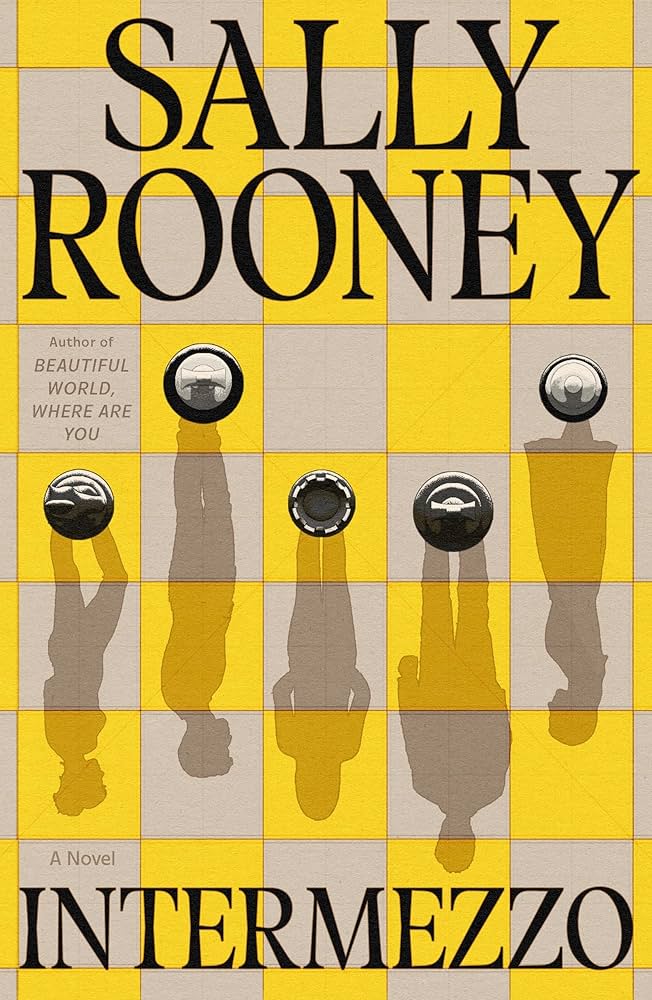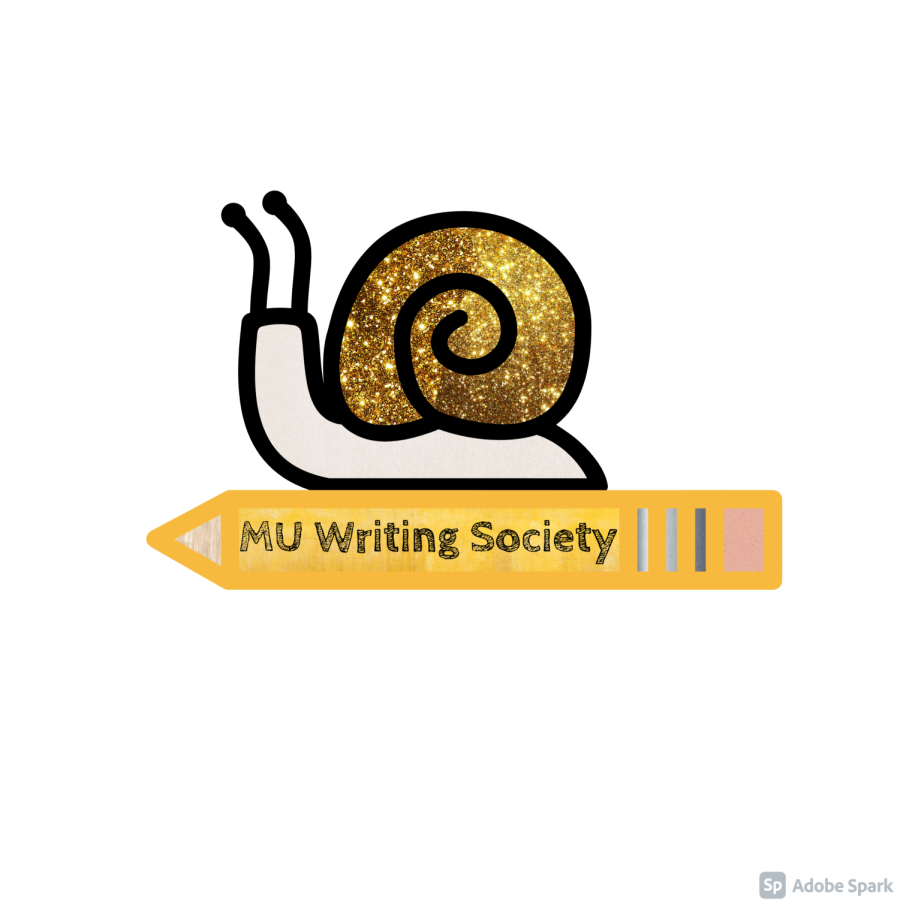The way I think about novels is almost the exact way I think about the weather. The transitory days and nights within autumn are characterized by somber and reminiscent beats, caught between longing for the ending summer months and dreading the inevitability of winter. The feelings present are fleeting, but offer the necessity to stop and enjoy the seconds as they drawl by.
For the season that is unique in and of itself, may I present my favorite novels designed for moments within autumn.
In the traditional style that dictates how novels are written, let’s start chronologically. The beginning of the season.
The leaves begin to turn with hints of decaying beauty swirled by vermillion, yellow hues. The wind will still kiss your skin with warmth for a few lasting moments. The weather dips inconsistently while you hold the knowledge that despite these swings, it will ultimately turn colder. With that knowledge, you know that possessive foreboding will smother your senses.
May I present Donna Tart’s “The Secret History.”
Cited most commonly as the inspiration of many dark academia aesthetics, Tart’s 1994 novel includes the twisted lives of six students studying the classics at an elite university in Vermont when they unveil a hidden truth about one of their subsequent demises.
The way in which Tart weaves her words through haunting descriptions allows the reader to kiss goodbye to a sundrenched summer and transition into the beginning of autumn.
While not your typical bildungsroman, I found myself lost just the same within the words during Nov. 202o, my first semester of college. I remember the quiet unease on campus in midst of the pandemic—the murmur of the wind through a near desolate campus. The feelings of involuntary isolation linger in Tart’s words, all too reminiscent of my freshman year.
Your typical novel goes into a lull examining the characters’ establishment and development. As the autumn months drag on, I visualize this through the last heavy rainfall and the whip of icy wind, conforming an individual to the coziness of the indoors. The eve and aftermath of Halloween.
Instead of letting yourself be spooked by Boris Karloff in the iconic 1931 “Frankenstein” film, opt for Mary Shelley’s 1818 novel “Frankenstein; or, the Modern Prometheus,” which the film is a loose adaptation of.
The monster in the film grumbles intangible utterances while Mary Shelley creates an argument that the unfettered discovery of science allows a college student to become God. Shelley’s craftsmanship defined the science-fiction genre while in competition with Lord Byron and Percy Shelley to create the best “ghost story”.
The summer in which “Frankenstein” was born followed one with the deadliest volcano eruption in history, leaving Europe dismal and dark, eventually named “The Year Without A Summer”.
At the first time I read “Frankenstein”, I do not remember much sun. I was in the midst of tech week for Les Miserables, sitting backstage in a hot, humid room filled with girls all attempting to catch up on homework. My screen was bright, quoting Shelley as I read and reread her musings on godless ambition, ponderings that are fit for October’s dusk.
The night falls quickly and the moon reappears sooner each night, returning like a spited lover. The aftermath of the thunderstorm leaves an Earthy fragrance in the air with the remnants of fallen leaves, puddles and branches strewn about after nature’s last tantrum. The foreboding and unease are stronger now, as we introduce another recommendation.
“Carmilla” by Sheridan Le Fanu is one of the first vampire novels published, predating Bram Stoker’s “Dracula” by 26 years.
Late one night, the main character Laura encounters a drop-dead gorgeous woman whose carriage crashed, our ritual Carmilla. As the story unfolds, so does the homoerotic relationship between Laura and Carmilla, detailing the struggle against love and lust. To complicate matters further, Laura comes to believe Carmilla is a vampire.
As a lover of all things macabre and spooky, “Carmilla” satisfied my bloodthirsty appetite after it was gifted to me by my love. More than the haunting descriptions of Carmilla’s beauty, the one thing I love about this novel is the silver note written by my Alexander on the inside cover.
These works hold special memories within the words, reminiscent of the days in autumn long passed. With these recommendations, I hope that you too are able to lose yourself to the writer’s prose and embrace the autumnal days.
This story was written by Laura Niezgoda. She can be reached at laura.niezgoda@marquette.edu.










